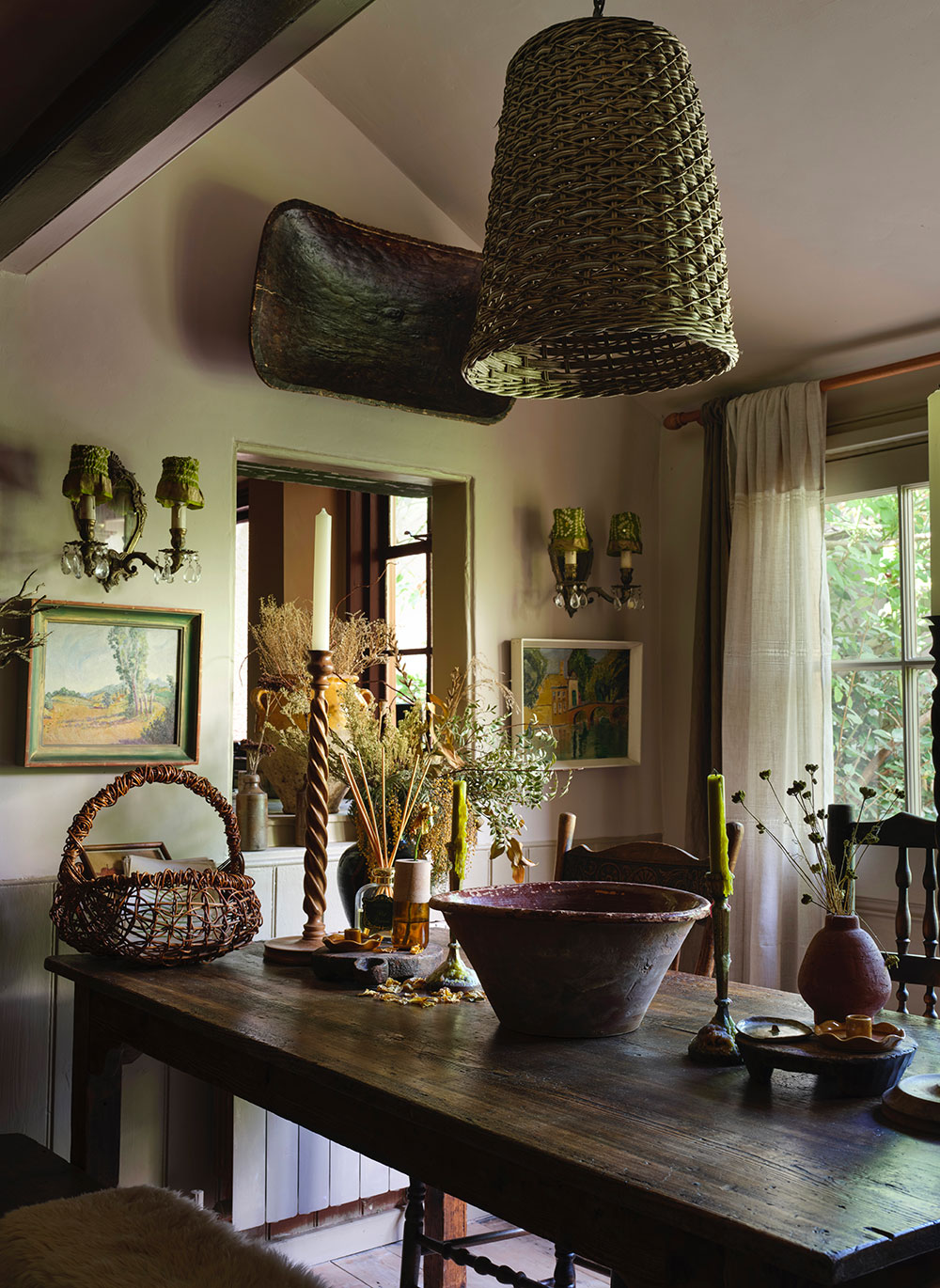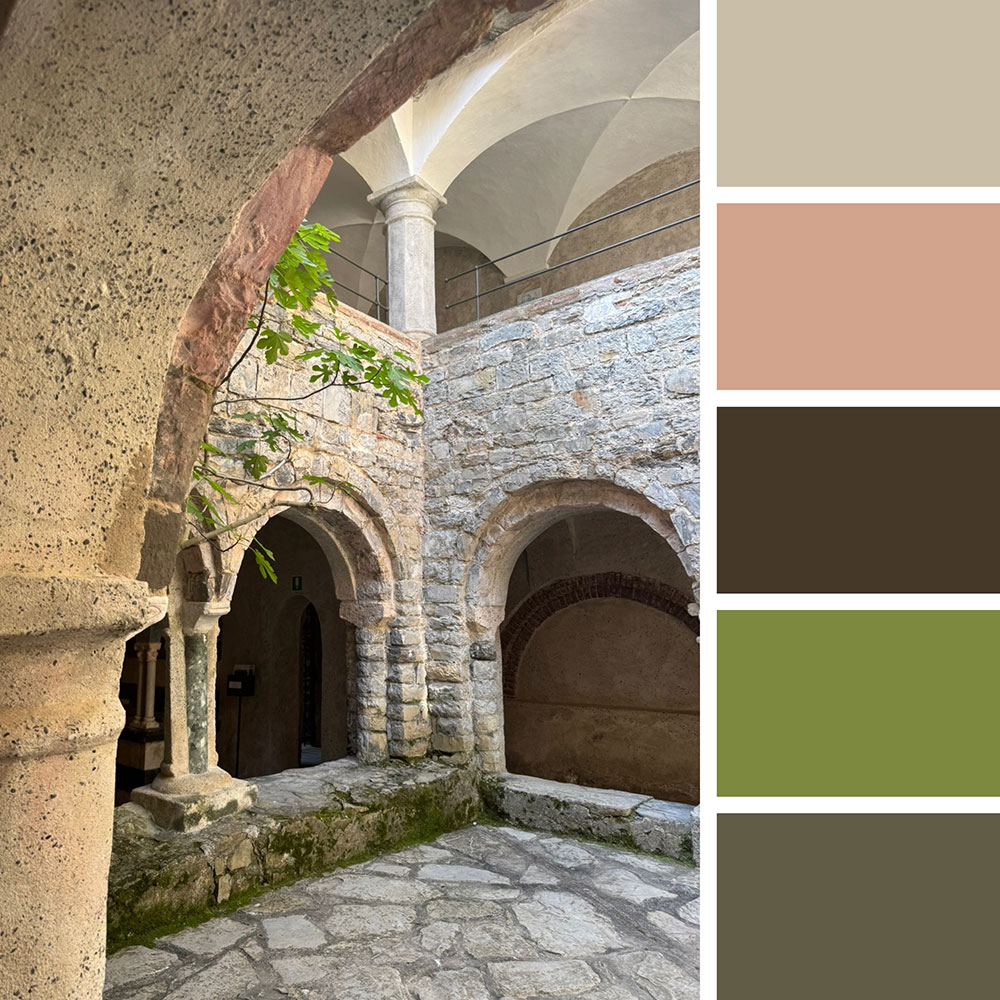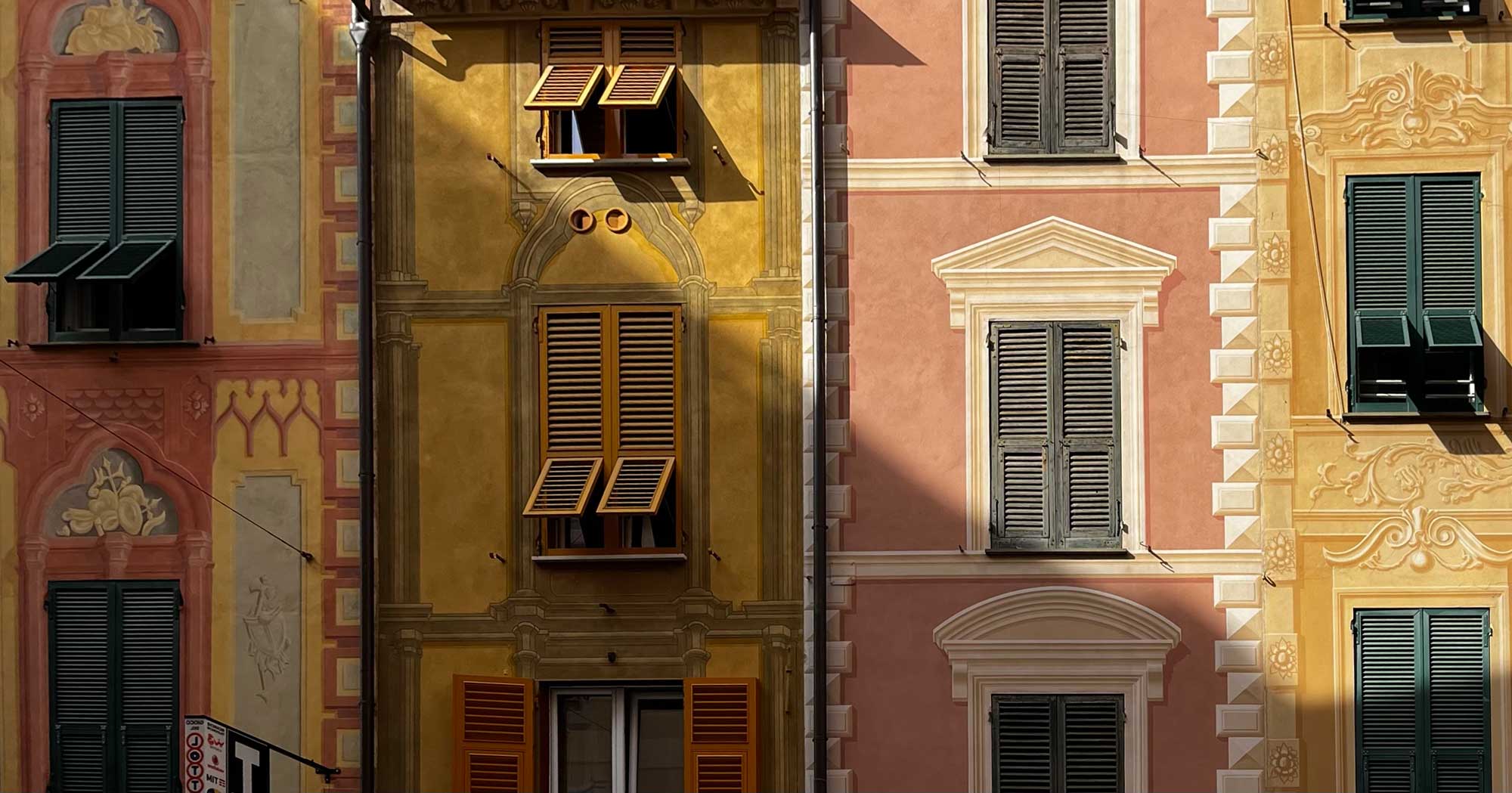Discover my Delysian Colour System: a unique way of working with interior colour
The Delysian Colour System (‘DCS’) was created so that interior colour could be approached with a gentle and holistic method, rooted in narrative, and the shifting of colours under changing natural light.
The DCS emphasises the natural shifts seen between hues and chroma, and can inspire delicate and interesting combinations.
When supported by my theory of an ‘aesthetic narrative’, the DCS enables designers to create interior colour schemes that foster a thriving relationship between a client and their space.

Origins of the DCS
Rooted in my DCS is the idea of choosing colour, and creating colour schemes, based on:
- The aesthetic and narrative inspired by a person and their living environment
- Natural shifts in colour due to light and form
The DCS was developed during my work in colour consultancy, and observations made during day-to-day life. I began to explore the idea of what it means to ‘feel at home’ with colour. This led to an examination of how colour promotes wellbeing, founded on a person’s colour bias that comes from their lived experience and environment.
I had also been researching the art of tromp l’œil (to ‘trick the eye’) and how painted colours can fool the eye into seeing three-dimensional shapes that are, in fact, two dimensional, painted shadows and highlights.
My aim was for the Delysian Colour System to be greater than the sum of its parts, and an effective way of building meaningful colour schemes for my clients.
What is aesthetic narrative?
The idea of your home having a story (a narrative) to tell incorporates very subjective experiences: as time passes, we change, grow, succeed, fail, celebrate, and suffer loss. It’s the accumulation of these experiences, and the persistence (or disintegration) of meaningful things, that often determine the aesthetic of our living space.
A founding principle of the Delsyian Colour System is that our mind carries a colour (if not a complete style) bias based on our past. This bias, when allied with some imagination, and informed by the practical matter of day-to-day living, can inspire you to create an aesthetic narrative in your home that suits your present and honours or echoes your past.

CLIENT FEEDBACK

The use of trompe l’oeil
Trompe l’œil is the art of optical illusion. On buildings, it is the use of painted shadow and highlight colours that fool the eye into seeing three-dimensional shapes — usually recessed, raised, curved or angled surfaces.
I’ve studied the facades of numerous buildings, and carried out my own academic research, and this has emphasised the complex relationship between colour, light and form. Most importantly, it has demonstrated the advantage of reading colour from a three-dimensional point-of-view, so as to create subtle and unusual combinations.
How the Delysian Colour System can help you
The DCS can help you to move away from relying solely on the purely numerical ways of working with colour. In other words: tints, tones, and percentage shades, often seen on colour charts.
Working with DCS colour combinations gives a more evolved and immersive colour scheme, and can even incorporate other traditional colour theories, for an adaptable approach.
You’ll be able to:
- Save time whilst making decisions about colour
- Reduce the overwhelm of limitless colour options
- Enhance your relationship with colour
- Better understand your clients and their colour preferences
- Improve your confidence when talking about or working with colour
- Work flexibly with multiple paint brands
- Mix multiple surface finishes and products
- Identify opportunities for ‘felt-life’ experiences

As featured in